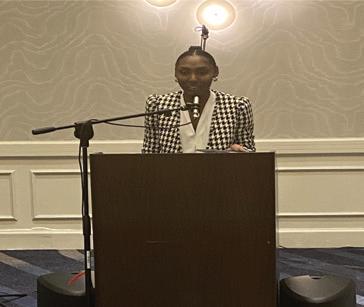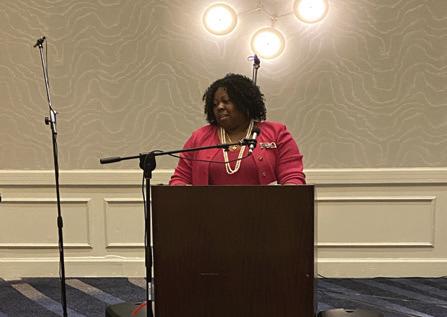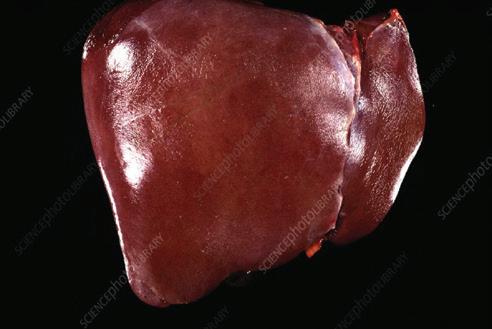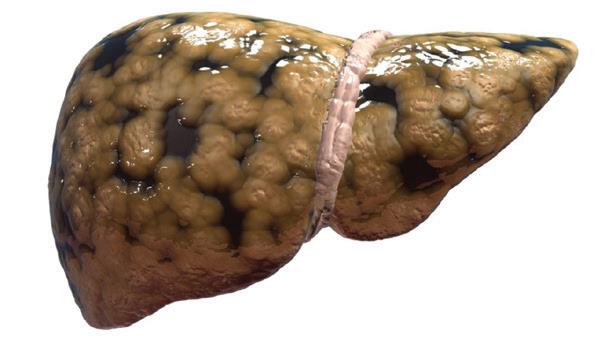
1 minute read
GTO DAY OF PRAYER CONTINUES















Overview
Patients with nonalcoholic fatty liver disease(NAFLD) have hepatic steatosis, with or without inflammation and fibrosis when no other causes for secondary hepatic fat accumulation are present such as heavy alcohol consumption. NAFLD may progress to cirrhosis. It is a likely cause of cryptogenic cirrhosis (uncertain origin of cirrhosis) which could also lead to Hepatocellular Carcinoma (Liver cancer). NAFLD is divided into nonalcoholic fatty liver and nonalcoholic steatohepatitis (NASH).
The liver is located beneath the rib cage in the right upper abdomen. It is an important organ as it is the main throughway for all of the blood leaving the stomach and intestines. The liver is responsible for removing toxins from the blood supply and regulation of clotting, metabolizing medications, and creating nutrients for the remainder of the body.

It is seen worldwide. However, it is the most common liver disorder in Western industrialized countries such as the U.S. where the major risk factors are Central Obesity, Type 2 Diabetes Mellitus, Dislipidemia (high cholesterol) and Metabolic syndrome.
Signs and Symptoms (Most are asymptomatic) but may include:
• Fatigue
• Malaise
• Right Upper Quadrant discomfort
• Elevated liver enzymes
•Incidental Finding on imaging (CT Scan of Abdomen, Ultrasound of Abdomen or MRI of Abdomen)
• Enlarged Liver on physical examination and imaging
Diagnosis:
Thorough patient history to rule out/identify other potential causes such as (medication use , starvation, alcohol consumption)
• Demonstration of hepatic steatosis by imaging or biopsy
• Exclusion of significant alcohol consumption
• Exclusion of other causes of hepatic steatosis (ie autoimmune hepatitis)
• Absence of coexisting chronic liver disease (ie untreated Hepatitis C and or B)
• Liver specific laboratory testing
Ways to Prevent Fatty Liver:
• Maintain Healthy Weight
• Moderate intensity exercise regularly
• Take Medication as prescribed (ie; high cholesterol medication)
• Abstinence from alcohol
Treatment:
NAFLD is not typically treated directly. The condition can better when other medical conditions that often occur with fatty liver are treated. Which include Losing weight, control of high blood sugar and control of cholesterol can improve fatty liver disease.
Follow Up with your doctor:
It is important to see your doctor regularly as fatty liver may worsen over time possibly leading to Cirrhosis or end stage liver disease. This will likely include monitoring of lab work.




